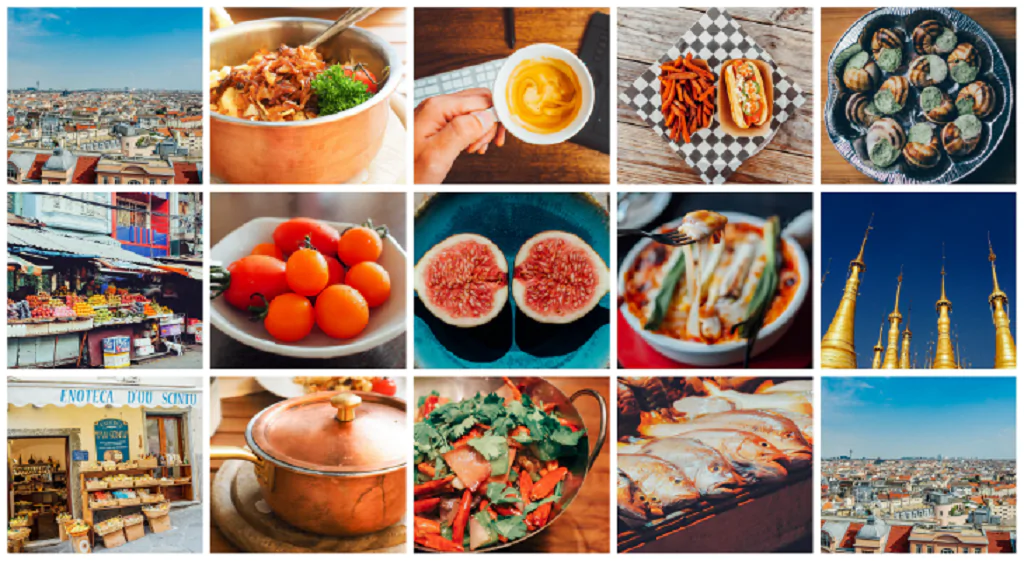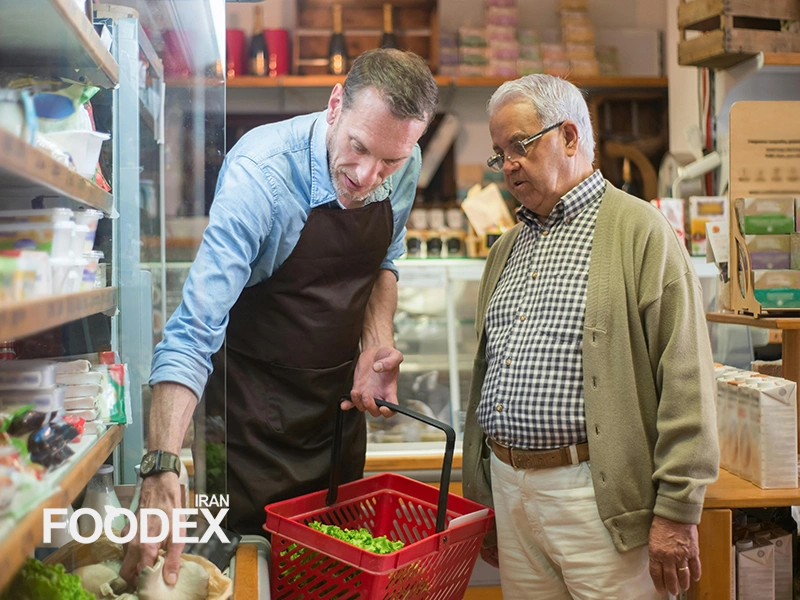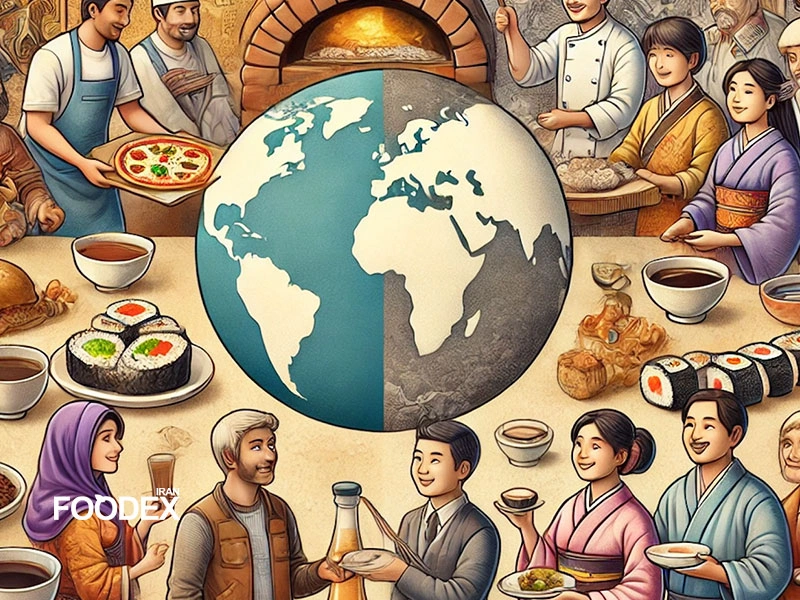Tourism is wider than just seeing a natural, historical place and using its entertainment. Many people travel to a city or country just because they can try the food of that region. Tourism is one of the most attractive and popular types worldwide, and it has found its fans in Iran for some time.
What is food tourism? If we want to say the definition of culinary tourism, it means searching for the special foods of each region to taste and enjoy their taste and get to know different food cultures.
If you sometimes leave your residence and travel to other far and near places to try its food, you can also be considered a food tourist. In this type of tourism, like any other type, you must leave your residence to be considered a food tourist.
The Broad Concept of Culinary Tourism?
What is the definition of culinary tourism? It is a public activity, and it does not just involve eating food but all aspects of it, from street vendors to luxury restaurants; in other words, anyone who interacts with food in any way. It is related; it is a part of this industry. Do many people think that culinary tourism? It means the expert examination of the food of each region by experts in cooking, but it is not, of course, it is a part of it, but it is a small part of it. In fact, according to the research, only 8.1% of the foods worldwide are approved by culinary experts and known as excellent food. At the same time, most people only pay attention to the taste and quality of food and drinks and do not need to. They don’t feel like eating it in expensive restaurants with a premium label.
In addition to the attractiveness of food in terms of taste and quality, its freshness, uniqueness, taste and aroma, and its organic and natural nature are also very important, and all these shape the culinary culture of a region and attract tourists.
What is the purpose of Culinary Tourism?
Like the concept that the word tourism of a city evokes for us (which means visiting the natural, historic, and scenic places of a region), Culinary Tourism? also pursues a specific goal. The purpose of Culinary Tourism? is to get to know different foods and the food culture of the regions without categorizing or giving expert opinions. In fact, in this type of tourism, the simpler the food, the more attractive it is.
What are the advantages and disadvantages of Culinary Tourism?
What is the impact of Culinary Tourism? It can be beneficial for local economic growth. However, it has advantages and disadvantages, each significant in its place. For example, it is very important that Culinary Tourism? is carried out sustainably and preserves the cultural identity of the destination. Those working in the industry must develop skills and knowledge to balance the benefits of Culinary Tourism. At the same time, limiting its potential negative drawbacks. To learn more, let’s take a closer look at the advantages and disadvantages of Culinary Tourism.
What benefits of Culinary Tourism?
Food tourists spend about 25% of their travel budget on food and drinks. It can mean increased profits for a local community and local government budgets due to taxes levied on any goods tourists purchase. This increased revenue will allow local governments to invest in marketing to tourists, increasing profits for local shops, restaurants, hotels, and transportation services. The increase in culinary tourism is also important in instilling cultural pride in the local population. It helps to significantly reduce the unemployment rate, especially in rural areas with low economic activity.
What are the disadvantages of Culinary Tourism?
Although culinary tourism? has many positive effects on the local community, in some cases, its negative points may outweigh the positive points. For communities that lack natural resources such as food, water, and electricity, tourism can negatively affect the lives of community members. For example, fresh water may be diverted to crops to maintain tourist demand for food while reducing local people’s ability to obtain fresh water and food.
Some communities may lose cultural identity as the local economy shifts to support the needs of tourists. Restaurants may stop serving local food and change menus to suit the culinary needs of tourists. In some cases, the influx of tourists can increase the price of goods and services. It forces many local people to leave their communities and thus destroys the unique character of a community.
How is Culinary Tourism in Iran?
Today, just as tourism in Iran has reached a very important position and attracted much attention, Culinary Tourism? has also gained importance. It is because there is less mention of the history of local foods and Iranian food culture in Iranian tourism catering centers.
Since the variety and culture of Iranian food in every place and city is very large and wide, we can expect more from the potential of this branch of tourism in Iran. It is why in the new training that is considered for tourist guides, efforts are made so that the guides and officials in this field keep the attention of tourists, especially foreign tourists, to only a few things. In this regard, many food festivals are held in rural and urban environments to introduce the variety of food and cooking cultures of different cities and villages to the people of Iran and the world. Culinary Tourism? Provides the basis for developing the local economy and job creation in deprived areas. This issue can be the most important factor to pay attention to. Reducing the incidence of food poisoning, using local foods, and becoming more familiar with the culture and history of the region’s people are other important factors that have made Culinary Tourism? in Iran worth attention.
Conclusion
We explained Culinary Tourism. Its background and the concept of this tourism branch. We said that culinary tourism? is a type of tourism in which the main purpose of travel is to taste new, local foods and learn about different food cultures in other parts of the world. What other information do you have about Culinary Tourism? Now that you are familiar with the concept of this type of tourism, what experience or tips have you had about this type of tourism?




















